Torpedo "boats-tanks". The Italian-Austrian experience
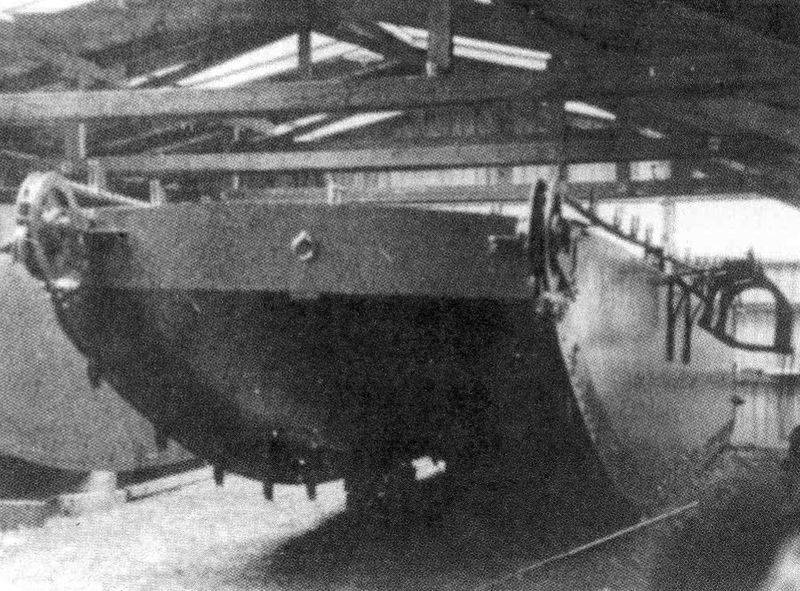
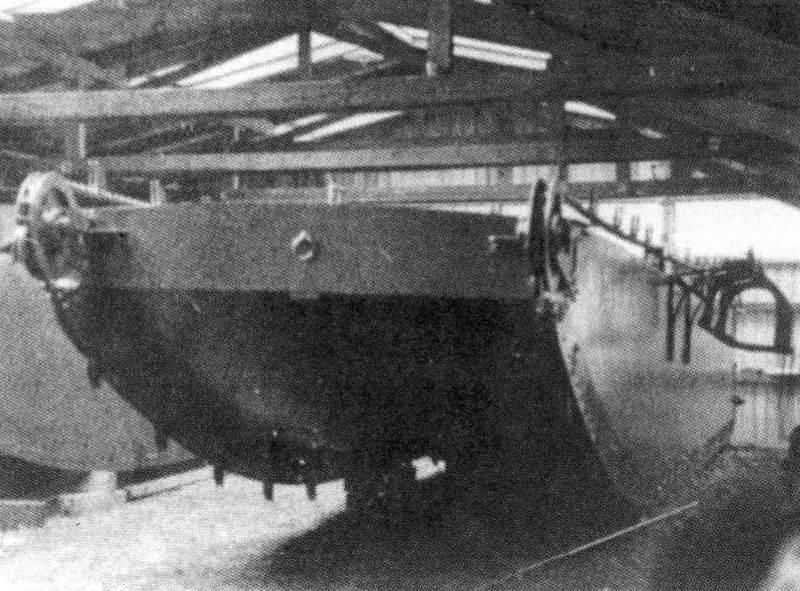
Burned the First world war. Italy, despite membership in the Triple Alliance, a few months after the outbreak of hostilities was on the side of the Entente. The sense of justice here and not slept, just the Imperial ambitions and demanded the increase of territory at the expense of former ally. In this case, at the expense of Austria-Hungary.
Naturally, the Imperial and Royal Military-naval forces (naval forces) of Austria-Hungary became an enemy of the Italians in the Mediterranean. The main naval base of the Empire, overlooking the Adriatic sea, located in Trieste (Italy), Pola (now Pula) and split (Croatia). At the same time as Trieste as production had been promised by the allies to the Italians, who considered this city his own, although he was already famous as the capital of the "Austrian Riviera".
Soon the Austro-Hungarian Navy were simply locked up in their harbours. For the most part this was a consequence of concerns of your own command of Austro-Hungary to lose ships in a collision with a United squadron of the British and the Italians. However, allies in the face of Italians were in no hurry to lure the enemy fleet and get the prospect to be beaten. Besides, the Austro-Hungarian fleet, under cover of coastal artillery, was, right, even happy with the appearance on the horizon of the Italians. After all, it promised them the enemy to certain death.
In the end, the Italian commanders took the only right decision: to use diversionary tactics. Thus, in December 1917, the year in the Harbor of Trieste penetrated by two Italian torpedo boats, sinking one battleship of coastal defense "Vienna" (SMS "Wien"). The vulnerability database was for the Austrians is evident, therefore, greatly increased security. Retry seemed impossible.
Engineering release
To help the home fleet came the founder and chief engineer of the company Societa Veneziana Automobili Navali (Venice) Attilio Bisio, specializing in the development of boats, including torpedo. He proposed very original design of torpedo boats capable of overcoming a powerful barrage at the entrance to the Bay without the need for cutting and attracting unnecessary attention. The highlight of the flat-bottomed boats Bisio was the presence of two tracks on both sides. They were a closed chain with spikes laid on a kind of rails and a rotating special toothed pulleys, similar to the rollers.
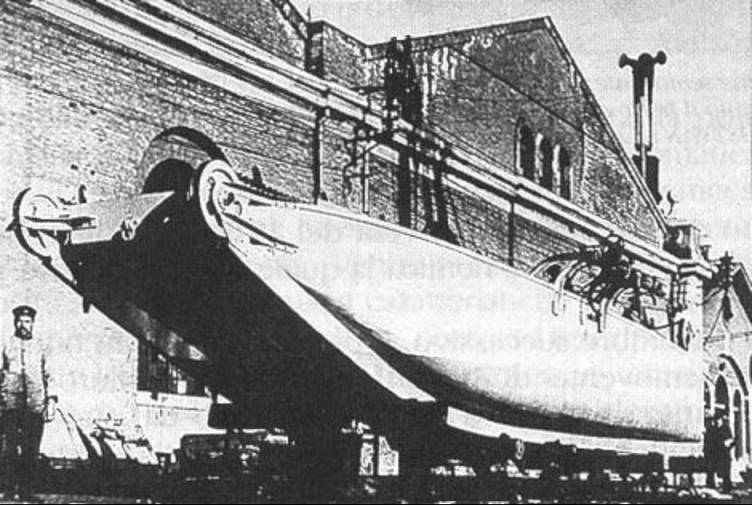
Flat-Bottomed boat had the following performance characteristics:
— length — 16 m, width – 3.1 m, draft – 0.7 m;
— engine – two electric motors Rognini & Balbo for 5 HP each;
— maximum speed – 7.4 km/h;
— the crew – 3 persons;
— body – tree;
— weapons – the two 450-mm torpedoes.
The Italian Command, who preferred to wage war at sea a small force, instantly grabbed such a bold offer Bisio. Italian wormery was still dreaming of the memories of a successful and economically beneficial to the sinking of the "veins" cheap torpedo boats MAS (Motoscafo armato silurante).
Was ordered four boats, which were called the "boat-tanks", the "jumping boats". In the end, the "Jumpy" nature has left its mark in the name of the boat: Grillo ("Cricket", a head boat series), Cavalletta (Grasshopper), Locusta ("Locust") and Pulce ("flea"). This swarm of insects was ready by March of 1918 and was once again painful sting of Austria-Hungary.
Marine midges in the battle
April 14, two "boat-tank" of the Italian destroyers withdrew to the sea, because the seaworthiness of new products was zero. Cavalletta and Pulce arrived to the Harbor Floor. Despite the fact that boats long sought a safe passage into the enemy port, the miracle weapon to show itself failed. Besides beginning to dawn. Fearing that low-speed towed "tanks" will hold the destroyers, drawing them to the attention of a major Austro-Hungarian naval forces, the commanders simply sunk the boat and left at full speed from the enemy shores.
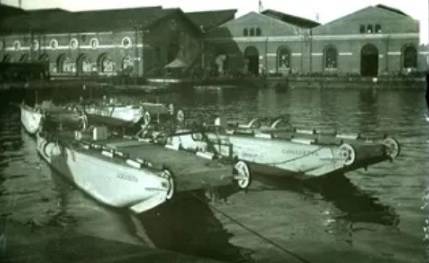
The Second attempt was done from the 13th to 14th may 1918 year. In the sea, accompanied by five destroyers came under the command of Grillo Mario Pellegrini. The invisible boat was able to go straight to the boom booms harbour Floor near silent engines. However, at that moment, out of the darkness snatched the spotlight. Mario appeared not shy ten and, having overcome, as intended, boom, rushed to the attack.
Soon the ships have been desperately fired Intrusive "insect" with a deadly sting. Shot through the body began to take the overboard water, when Pellegrini fired torpedoes. Despite the courage of the captain, torpedoes and not found. According to one version, due to the fact that the crew did not put them on a fighting platoon (!). In the end, the boat sank, the crew was captured, and the destroyers barely managed to escape.
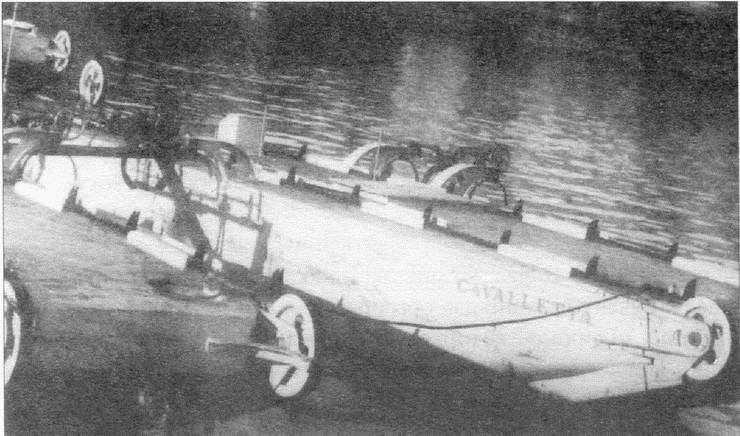
The Third attack was produced at Trieste on the 15th of may. Locusta was about to approach the harbour, as the boat has covered the floodlights. Not persisting, the teamretreated quickly as possible, given the speed. More serious operations using "tanks" the Italians did not take, but this did not prevent the Austrians make clumsy swarm of insects more than seriously.
Under the flag of the Austro-Hungarian Empire
Decrepit Empire appreciated Italian engineering survey highly enough. Flooded Paul Grillo was carefully lifted and thoroughly studied. Of course, a secret "boat-tank" was damaged beyond repair. Exploding shells and machine-gun fire shredded the wooden case. Besides, before to be captured, Pellegrini managed to activate the self-destruct charge.
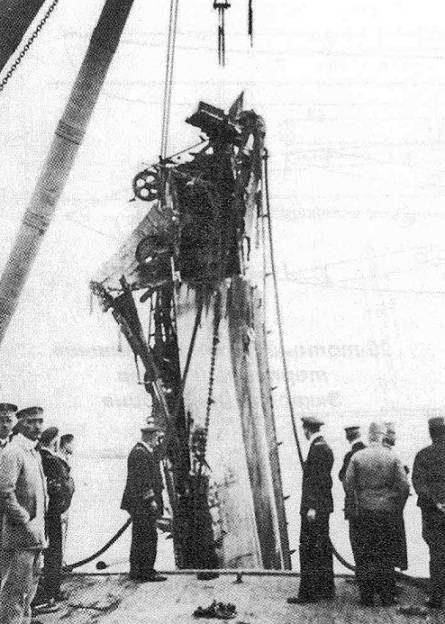
Therefore, the Navy ordered shipyards Fritz Appela in Vienna, two analog Italian boats, named Barrikadenkletterboot. The shipyard had already established itself in the field of construction of small warships for the Austro-Hungarian fleet. By July 1918, the year the company Eppele made the overall drawing boats and started construction.
The Fall was the first tested sample on the Danube. During the tests was attended by high-ranking officials of the Imperial Navy of Austria-Hungary, including Admiral Franz von Golub and the senior naval Advisor to the Emperor Karl Franz I von Kayla. The boat showed itself worthy, overcoming various kinds of barriers, and made a great impression on the present officers.
Features of the new advanced weaponry differed little from the characteristics of the Italian samples. Flat bottom, wooden case, length 13.3 m, width 2.4 m, draft 0.9 m Motors Austrian engineers put a more powerful – only 13 HP.
The Weapons were similar – 450-mm torpedoes. The crew also made three people.
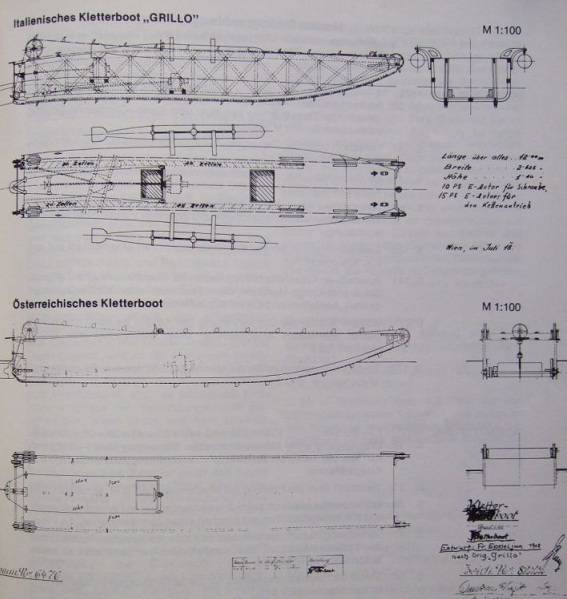
Fast Enough for two boats ready picked purposes. The boat, named Mb.164, was to attack the base in the port of Ancona, and Mb.165 received, as the purpose of the small port of Chioggia (municipality just South of Venice). October 20, boat Mb.164 even managed to deliver to the train station to transport it to the base Floor, which twice became the target of these "boats-tanks." But the Austrian revenge wasn't meant to be. The 30th of October, the command is cancelled.
In late October, the centrifugal force of the Austro-Hungarian Empire began to break the country in pieces. Czechs, Slovaks, Hungarians, poles and other citizens – all pulled the blanket over himself. November 1, 1918, the year Charles I abdicated. And less than a year later, the miracle weapon in the form of "boat-tank" was quietly dismantled into pieces.
Related News
Cobray Ladies Home Companion. The strangest gun in the history
Widely known American firm Cobray Company brought a number of controversial and even absurd projects of small arms. Her few own development differed ambiguous, to put it mildly, specific features. One of the results of such engine...
American flying saucer Lenticular ReEntry Vehicle: where are they hidden?
Orbital bombers LRV became the most secret military space project the US fragmentary information about which here already more than 60 years, dominates the minds of security personnel all over the world.Alien technology in the ser...
Photo by Dmitry A. Motte,the world Famous the plane-giant An-225 "Mriya" is created Design Bureau named after O. K. Antonov, took to the air on 21 December 1988. This event is considered one of the most important in the aviation w...













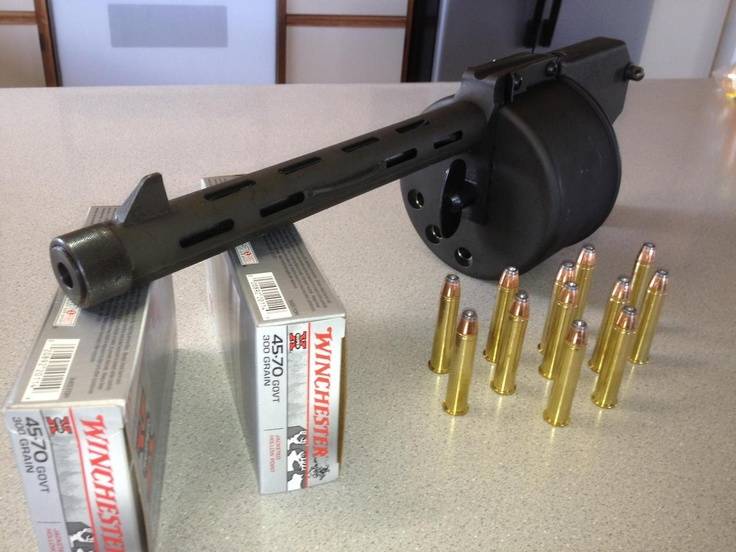
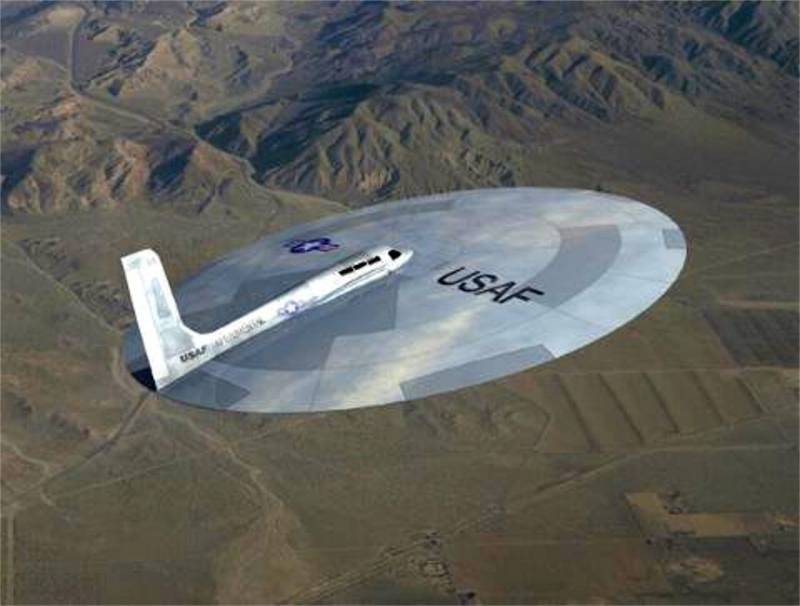

Comments (0)
This article has no comment, be the first!